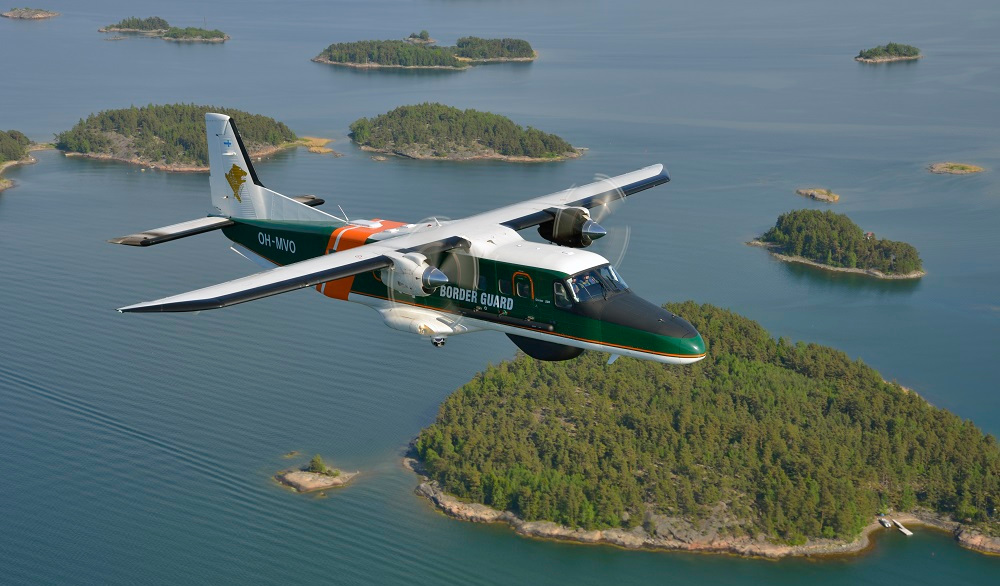The Finnish marine area is challenging for sea traffic due to the number of rocks, broken coastline and challenging winter conditions. The fairways on the coast with numerous islands are well constructed and marked, the fixed radar network is comprehensive and use of pilots is mandatory. Despite the investments, accidents and near misses continue to occur relatively frequently – fortunately, their effects tend to be small. Preparedness to respond to environmental damage is good in the Archipelago Sea and the Gulf of Finland, but due to limited number of resources more challenging in the Sea of Bothnia, Kvarken and the Bay of Bothnia.
In order to minimise risks, several technical systems are being used to monitor maritime transport. Examples include land-based Vessel Traffic Service (VTS), the Automatic Identification System (AIS) that supports it, and the mandatory Gulf of Finland Reporting (GOFREP) system. These systems are constantly being developed.
Surveillance of oil spills from vessels
The Finnish Border Guard aims to prevent deliberate oil spills from vessels by means of surveillance. Finland is responsible for surveillance in its oil spill response area, i.e. from the border of our exclusive economic zone to the shore.
Surveillance is carried out primarily with two Dornier 228 surveillance aircraft. The planes are used simultaneously for both border surveillance and environmental surveillance. They are equipped with surveillance equipment to help the crew establish a real-time image of our marine area and any foreign substances in the sea. The surveillance is enhanced by CleanSeaNet, the satellite-based oil spill detection service of the European Maritime Safety Agency (EMSA).
Finland has an oil spill charge imposed for unauthorised spilling of oil or oily mixes into the water. The Finnish Border Guard investigates cases and imposes charges. A charge is imposed on the owner of the vessel or the operator, irrespective of the individual who caused the spill on the vessel. The amount of the oil spill fee is determined on the basis of the amount of the spill and the size of the vessel.
A large number of vessels have sunk on the Finland’s rocky coastline and sea area, some of which still contain oil used as fuel. Over the years, the wrecks rust, structures break and oil in the tanks begins to seep into the sea. If a leaky wreck is found in the Finnish sea area, the related management of oil spill response operations is the responsibility of either the Border Guard or the regional rescue department.
The Finnish Border Guard participates in project headed by Ministry of the Environment of Finland. The project has removed oil from risky wrecks and is developing a model to continue the work. The shipwreck renovation project located assessed wrecks in Finnish territorial waters that could pose a risk to the environment in the near future.

